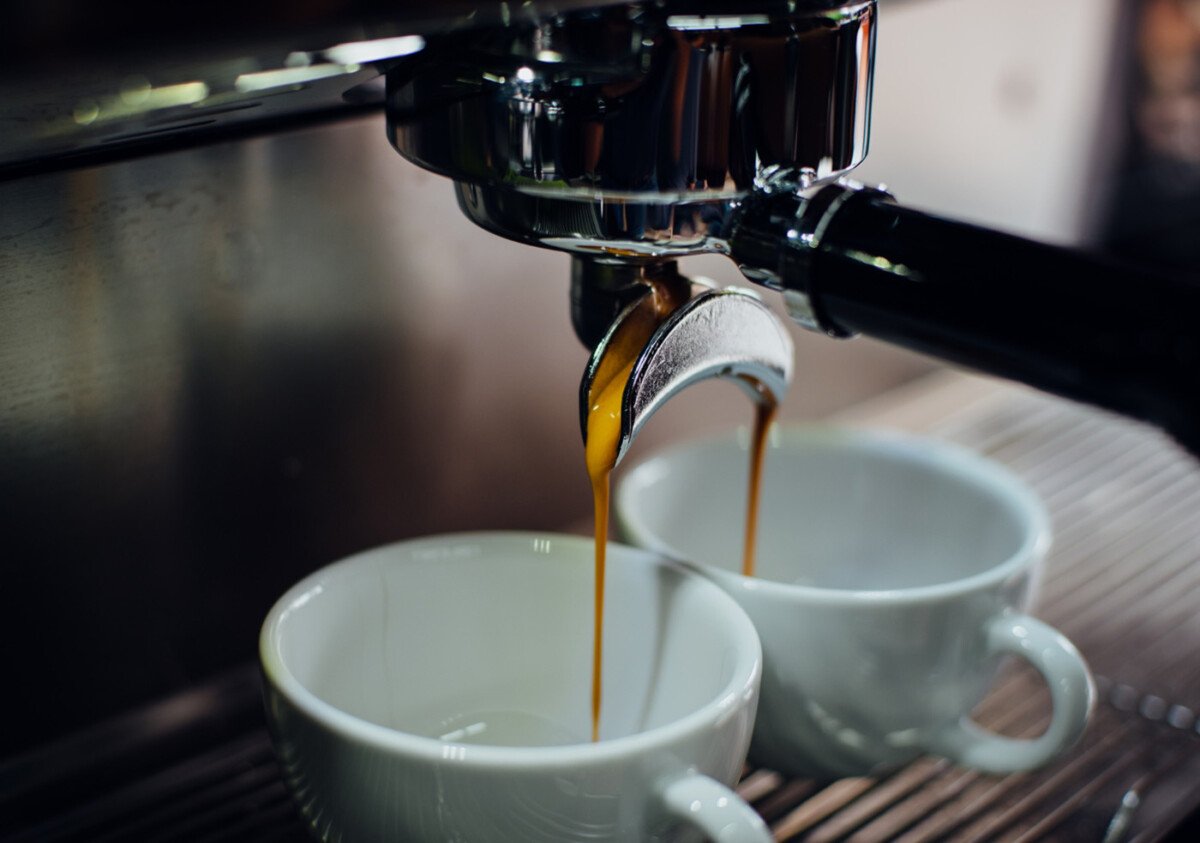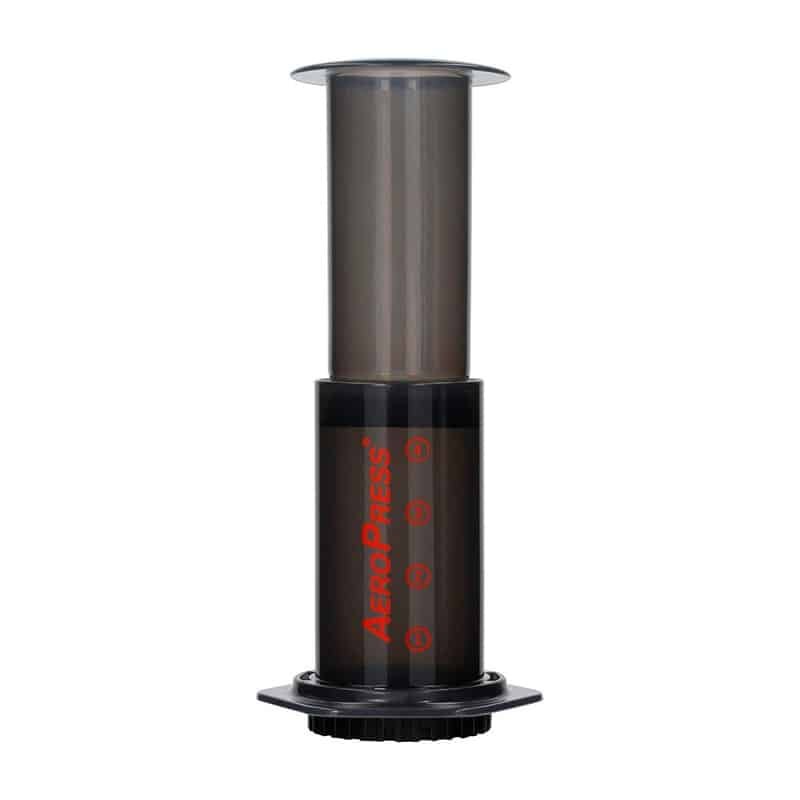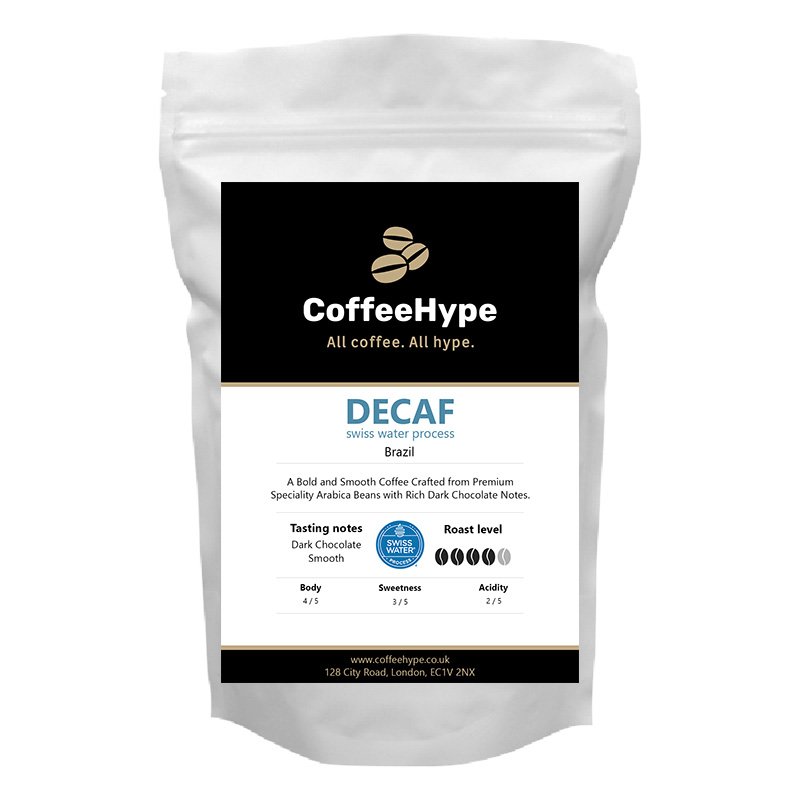
Espresso isn’t just the foundation of lattes and flat whites—it’s a century-old coffee innovation that reshaped how we drink, socialise, and even work. Born in Italy out of the need for speed, espresso has become a daily ritual for millions, with its own culture, terminology, and legacy.
From the industrial workshops of Milan to your countertop machine at home, espresso’s journey is one of invention, obsession, and reinvention. Here’s a rich (and fully extracted) look at the fascinating history of espresso—and how it became the backbone of modern coffee culture.
The Espresso Spark: Early 1900s
Before espresso, brewing coffee was a slow, hands-on process. Boiling water, steeping grounds, and filtering by cloth or metal took time—not ideal for Italy’s growing cities and industrial workers. People wanted their caffeine, and they wanted it fast.
In 1901, Italian inventor Luigi Bezzera built a machine that changed everything. Using steam pressure, it pushed near-boiling water through fine coffee grounds in a matter of seconds. The result? A small, intense shot of coffee with a thick, bold flavour.
This was the first espresso machine. It was noisy, a bit temperamental, and more of a prototype than a polished product—but it brewed coffee faster than anything else. Espresso was born.
Espresso Enters the Market: 1905
Bezzera’s machine was brilliant, but he wasn’t a businessman. That’s where Desiderio Pavoni came in. In 1905, Pavoni purchased the patent and began manufacturing espresso machines under the La Pavoni brand.
These machines were all brass and valves—pure industrial art—and were mostly used in Italian cafés. They weren’t focused on finesse; they prioritised speed, which suited the fast-paced life of early 20th-century cities.
Espresso quickly became the drink of the people. You didn’t sit for it. You stood at a bar, ordered, sipped, and left. It was a shot—fast, efficient, effective.
The Cappuccino Era: 1930s–1950s
As espresso machines spread across Italy, cafés became local gathering points. But something was still missing. Enter milk.
In the 1930s, the cappuccino began to emerge. Inspired by the brown robes of Capuchin monks, this espresso-and-steamed-milk creation added richness and comfort to the intense shot.
By the post-WWII years, café culture expanded. New espresso machines with better steam wands made milk drinks more consistent. Suddenly, people weren’t just downing shots—they were sipping, chatting, and staying a while.
Gaggia Changes Everything: 1947
Early espresso relied on steam pressure, which often scorched the coffee. The taste? Bitter, burnt, and smoky. That all changed in 1947, when Achille Gaggia developed the lever-driven espresso machine.
Gaggia’s machine used a spring-loaded piston to force water through the coffee grounds at higher pressure—between 8 and 10 bars. This innovation created a new kind of shot: richer, smoother, and topped with a golden layer of crema.
At first, people didn’t know what to make of crema. Some thought it was a defect. Gaggia spun it as “natural coffee cream,” and it became a badge of quality. The modern espresso was officially born.
Going Global: 1980s–1990s
For decades, espresso stayed mostly in Italy and parts of Europe. But the 1980s changed everything.
In 1983, the first Starbucks opened in Seattle, introducing Americans to espresso-based drinks. The latte—a shot of espresso with steamed milk—became a morning staple. Soon, coffee shops were popping up on every corner.
Espresso drinks went from niche to mainstream. The latte boom brought frothy mugs, caramel swirls, and pumpkin spice. It also sparked the rise of the barista as a skilled professional, not just someone behind the counter.
By the 1990s, espresso had become a global language.
Enter the Flat White: 2000s–2010s
In the world of espresso, the flat white was a minimalist revolution. Originating in Australia or New Zealand (the debate continues), the flat white arrived in the UK and US in the 2010s.
Smaller than a latte, stronger than a cappuccino, and topped with a smooth layer of microfoam, the flat white became a favourite among purists.
Its arrival marked a shift in how people viewed espresso:
- Less about size, more about strength and texture
- Less sweet syrups, more balanced flavour
- Less drink-as-fast-as-you-can, more savour the craft
Coffee culture was maturing—and the espresso shot was still at the centre.
Home Espresso Revolution: 2020 Onward
In 2020, everything changed. Lockdowns shut cafés and turned millions of kitchens into makeshift coffee bars. People still wanted their lattes and flat whites—but they had to make them themselves.
This sparked a massive surge in home espresso machine sales. In the UK alone, espresso machine sales rose from £123 million in 2019 to £162 million by 2023.
But it wasn’t just the machines. People learned to:
- Dial in grind size
- Time their shots
- Steam milk like a pro
- Post their latte art disasters to Instagram
Espresso wasn’t just a drink anymore—it was a hobby, a skill, and a daily ritual.
And even when the world reopened, the obsession stuck.
The Espresso Legacy
Espresso began as a solution to a simple problem: speed. But what’s kept it alive for over a century is far deeper—flavour, ritual, and the ever-evolving art of preparation.
Today, whether you’re:
- Pulling a double shot at home,
- Sipping a macchiato at your local café,
- Or ordering an oat milk flat white in a city 5,000 miles from Milan…
You’re taking part in an ongoing story over 120 years in the making.
Final Sip
Espresso has been steamed, shot, poured, and perfected over generations. It’s gone from a factory-floor fix to a global coffee culture, with innovations in every cup. And while some might see it as just a drink, espresso remains a symbol of craftsmanship, culture, and caffeine-fuelled passion.
So next time you hear the hiss of an espresso machine, take a second to appreciate what’s in your cup: a shot of history, precision, and purpose—all in under 30 seconds.
Want to take your espresso even further?
Explore freshly roasted coffee beans delivered straight to your door from CoffeeHype. Perfect for pulling rich, balanced shots at home.
2025





